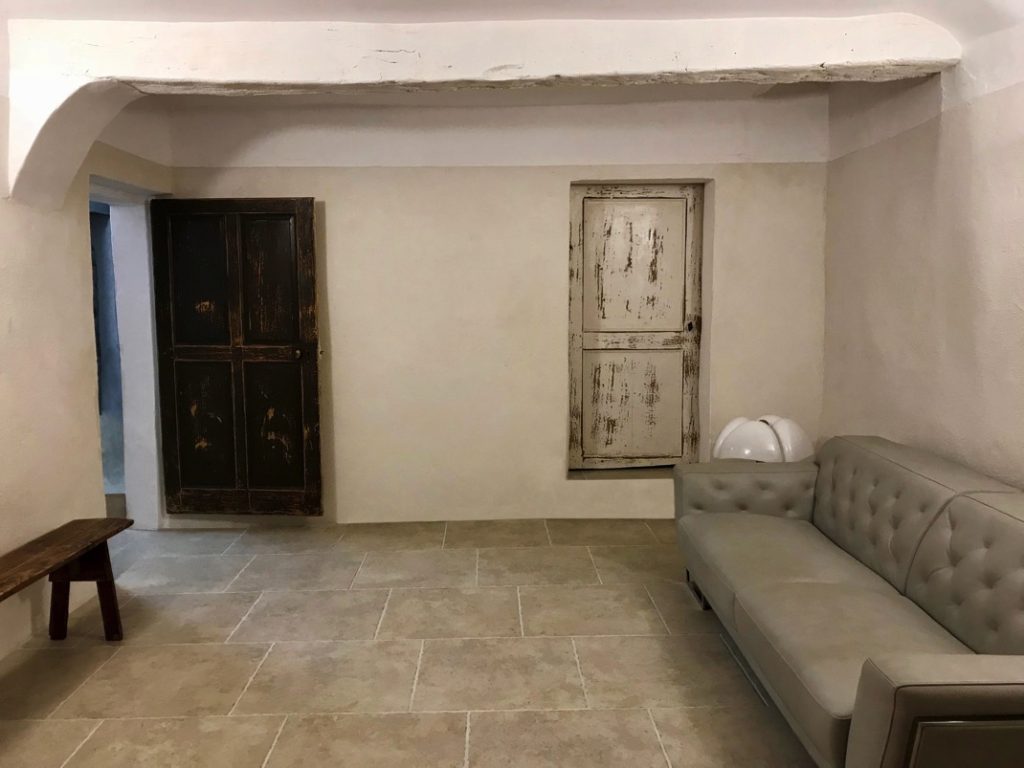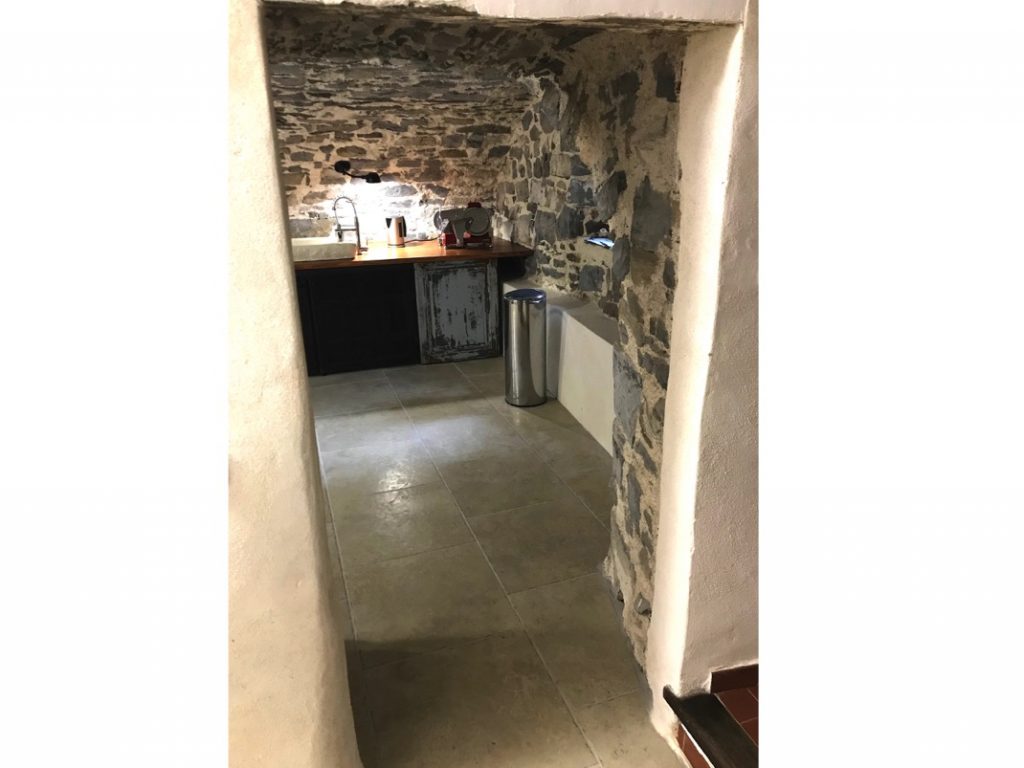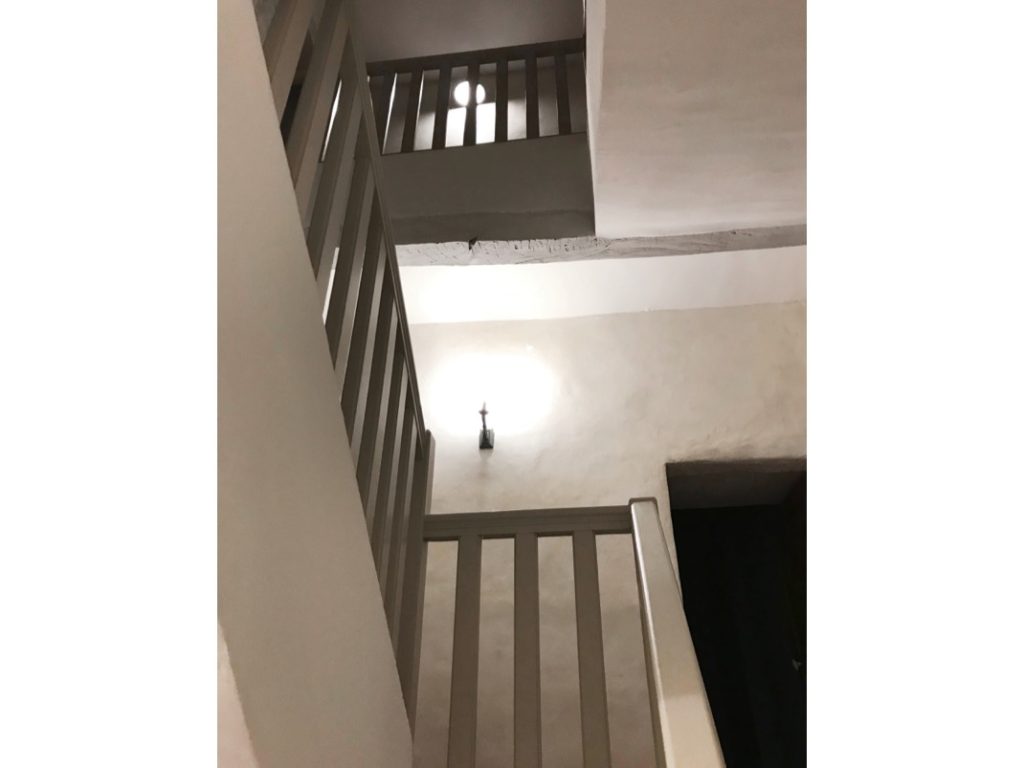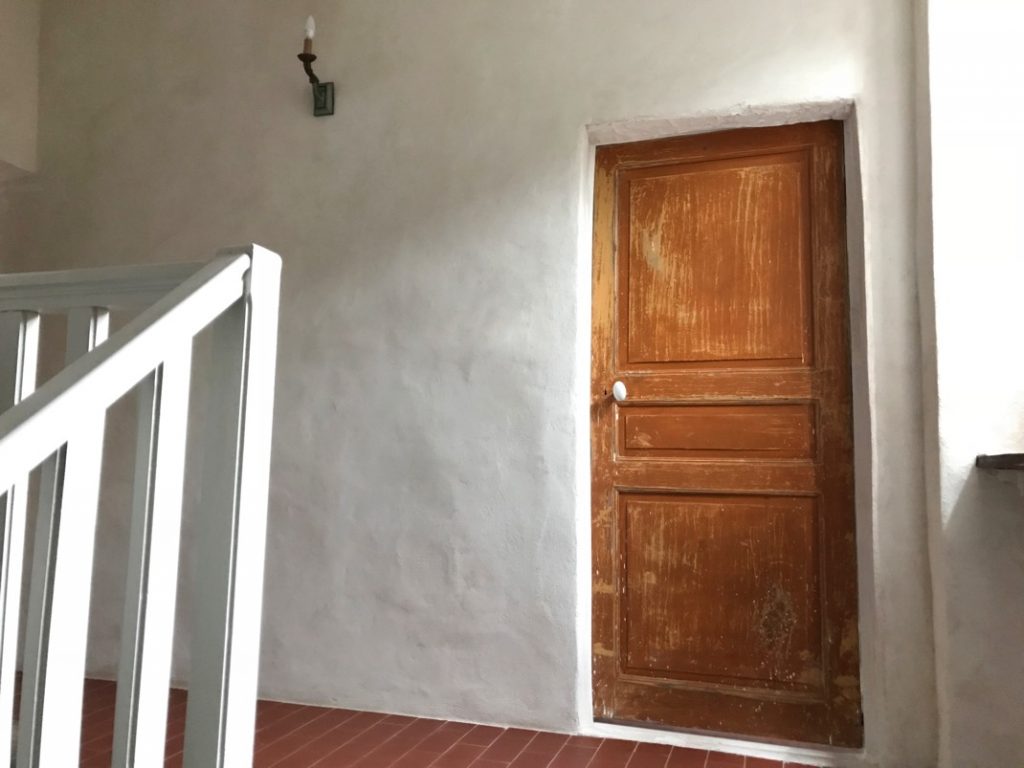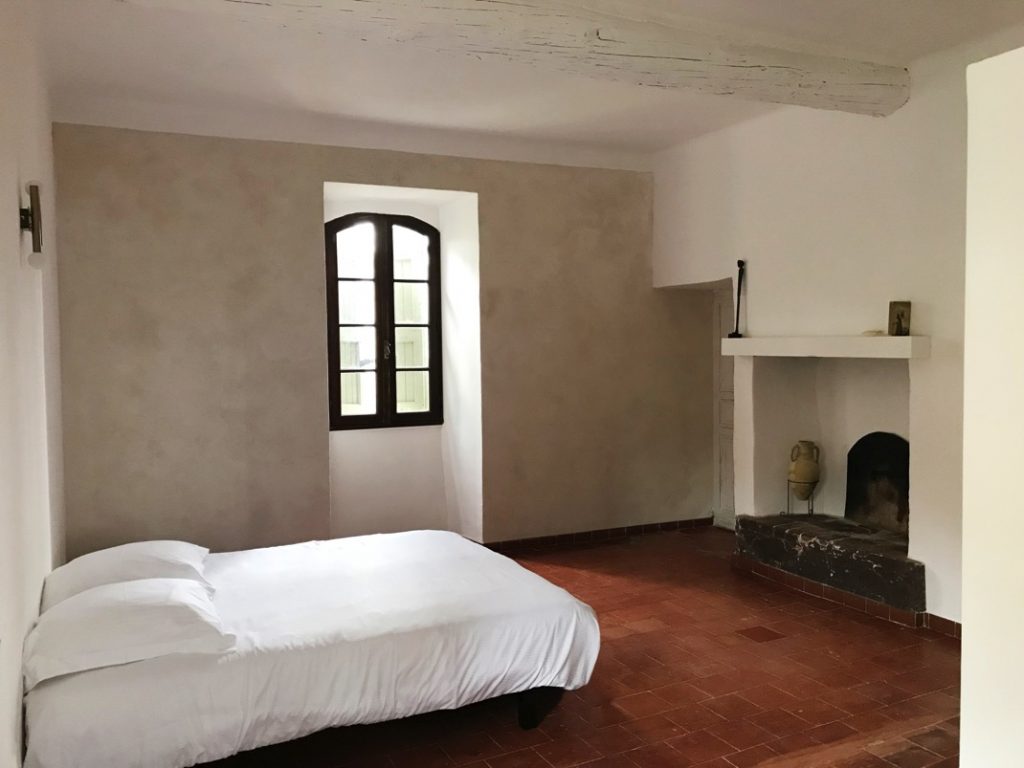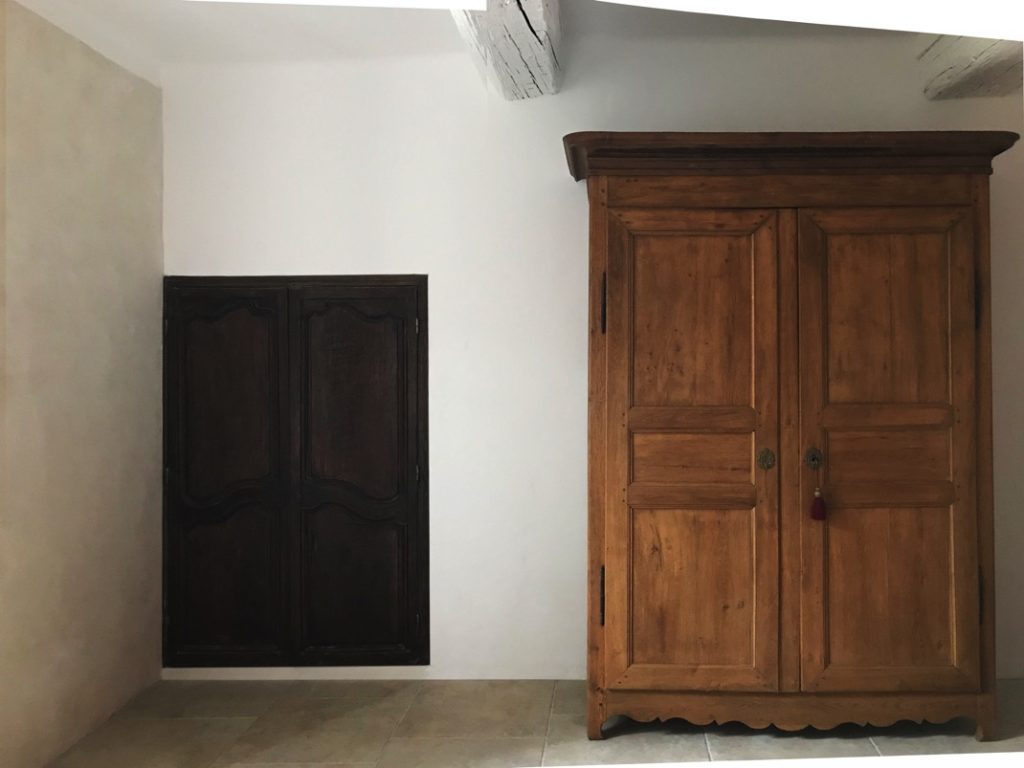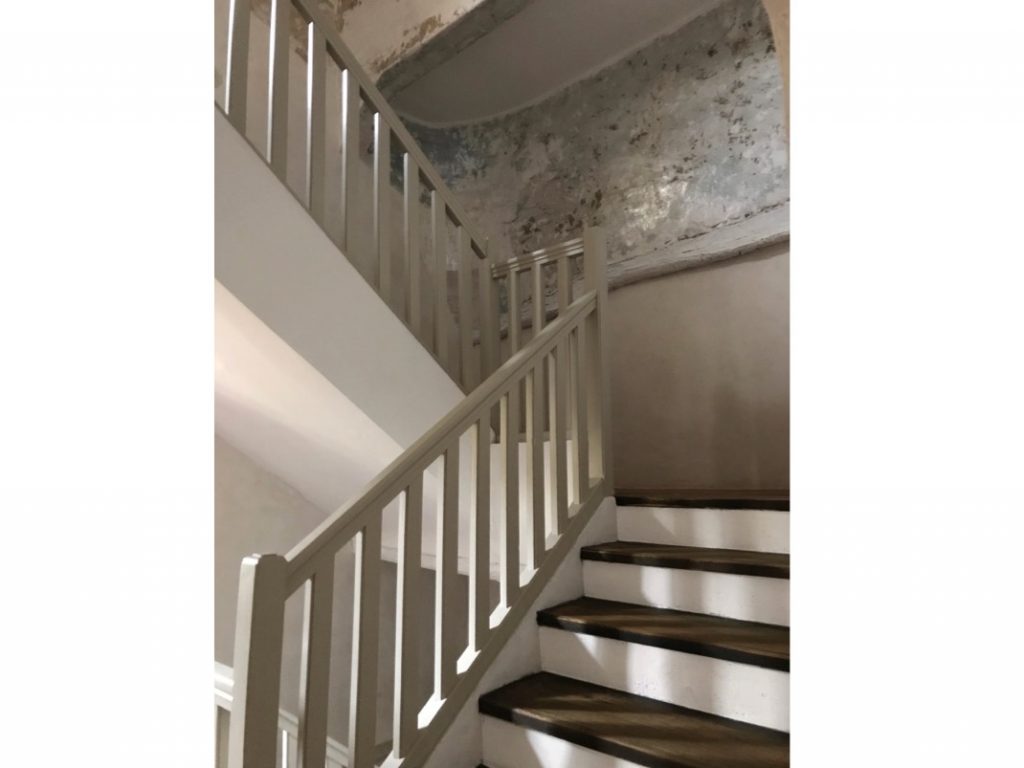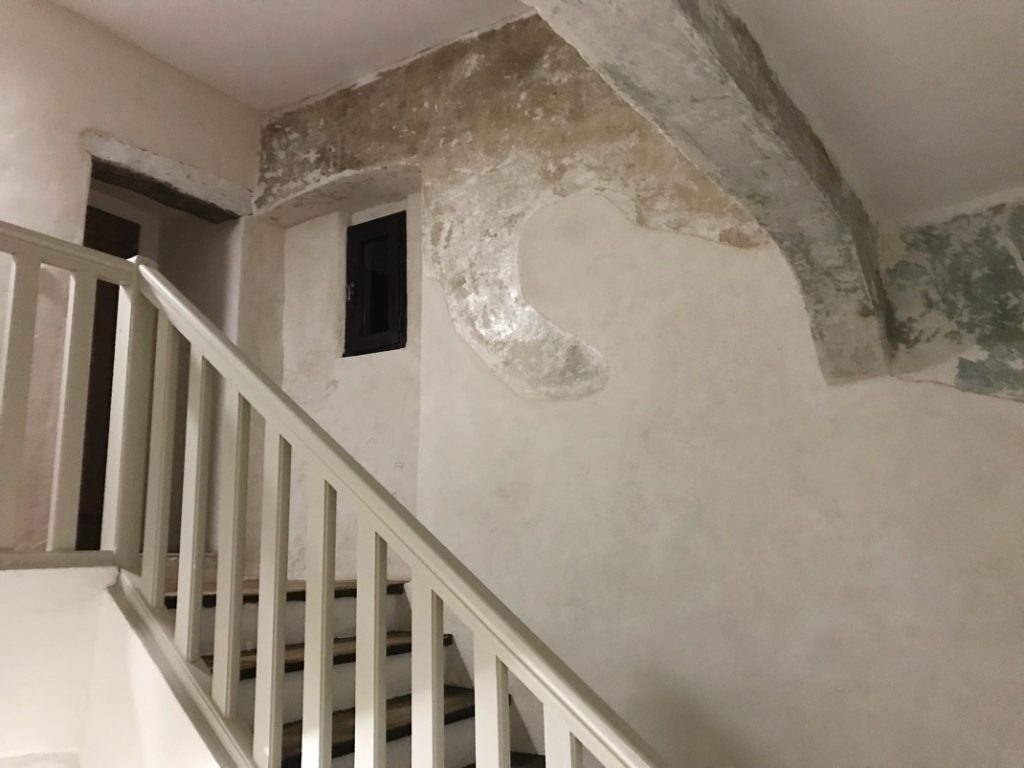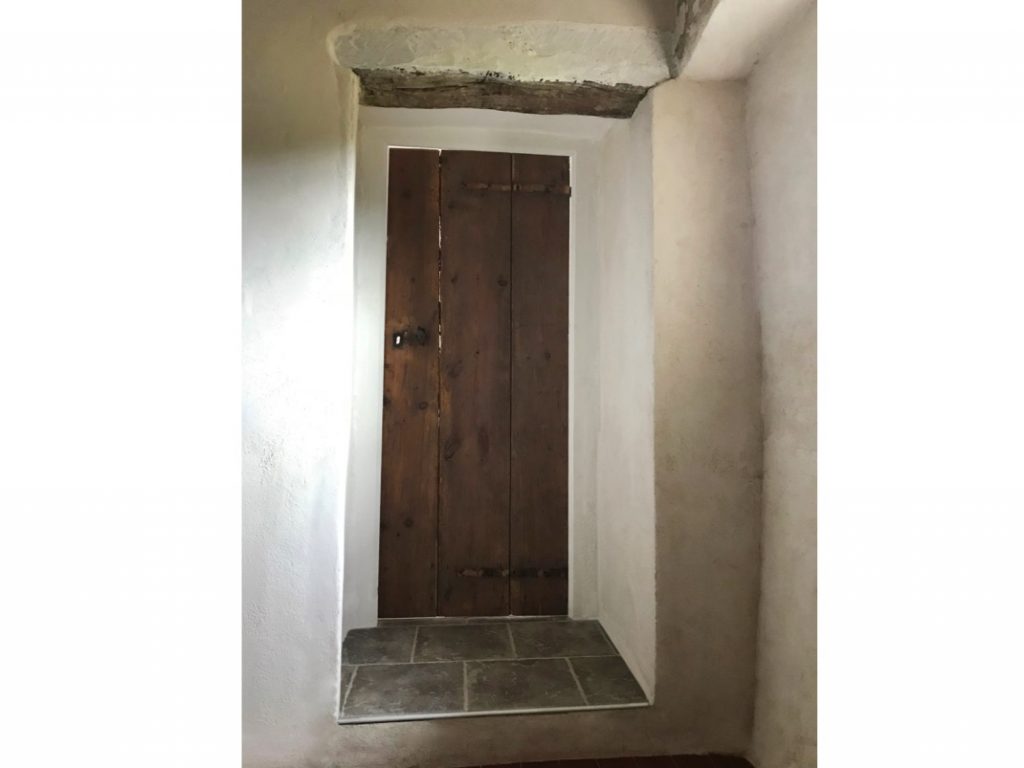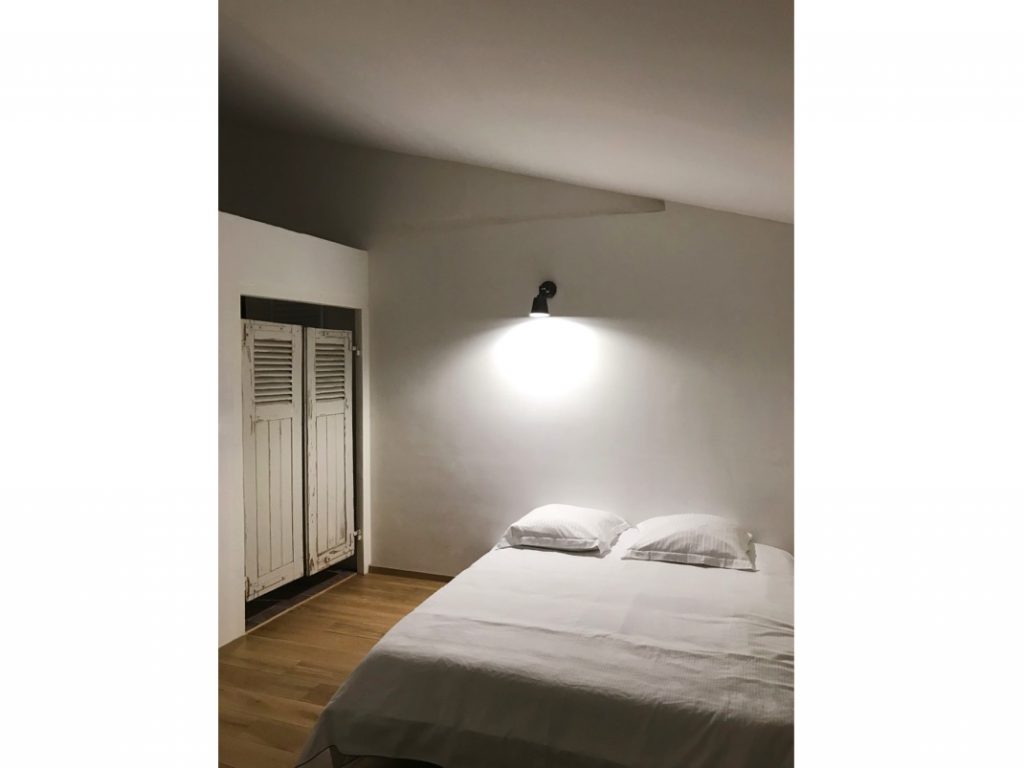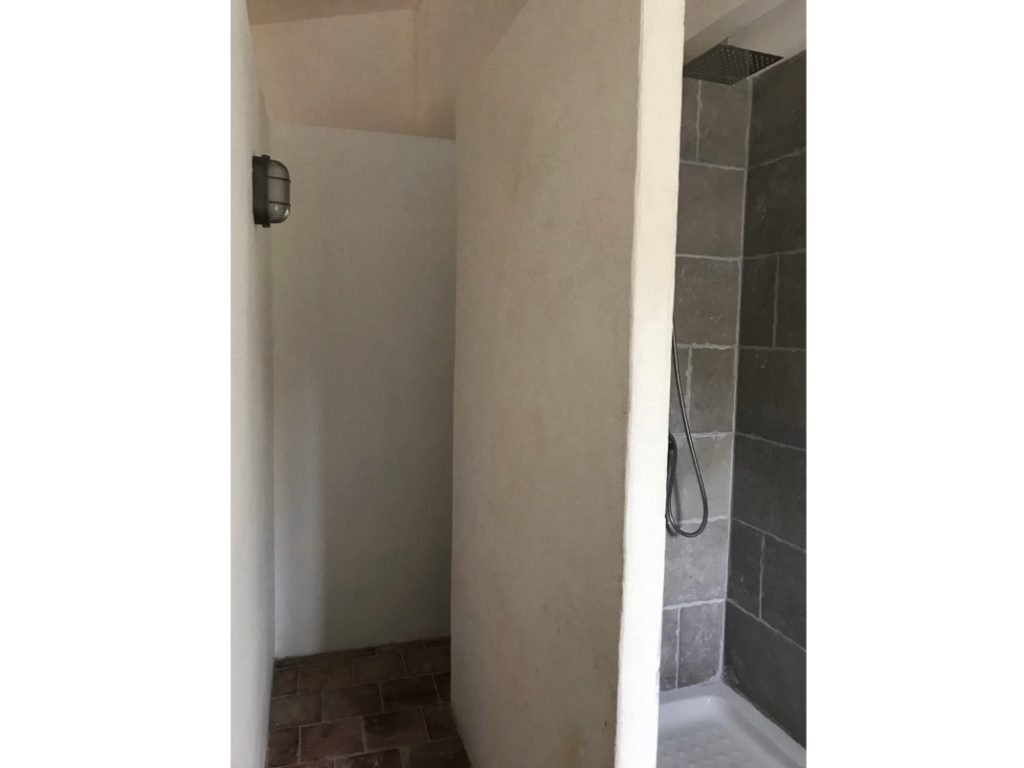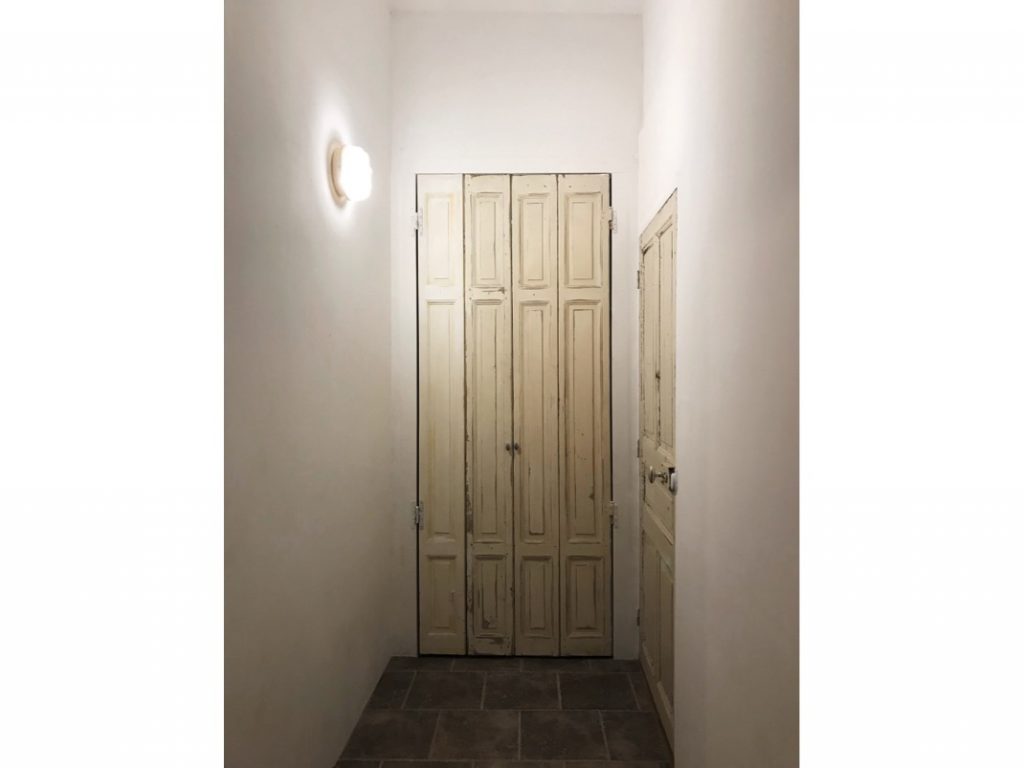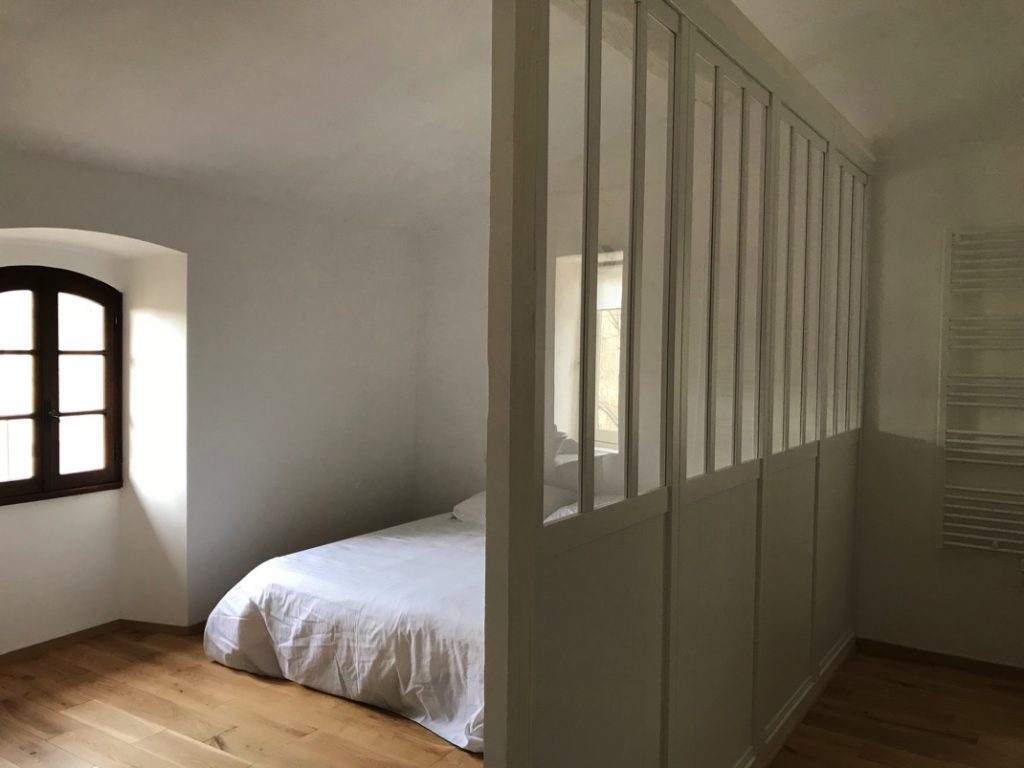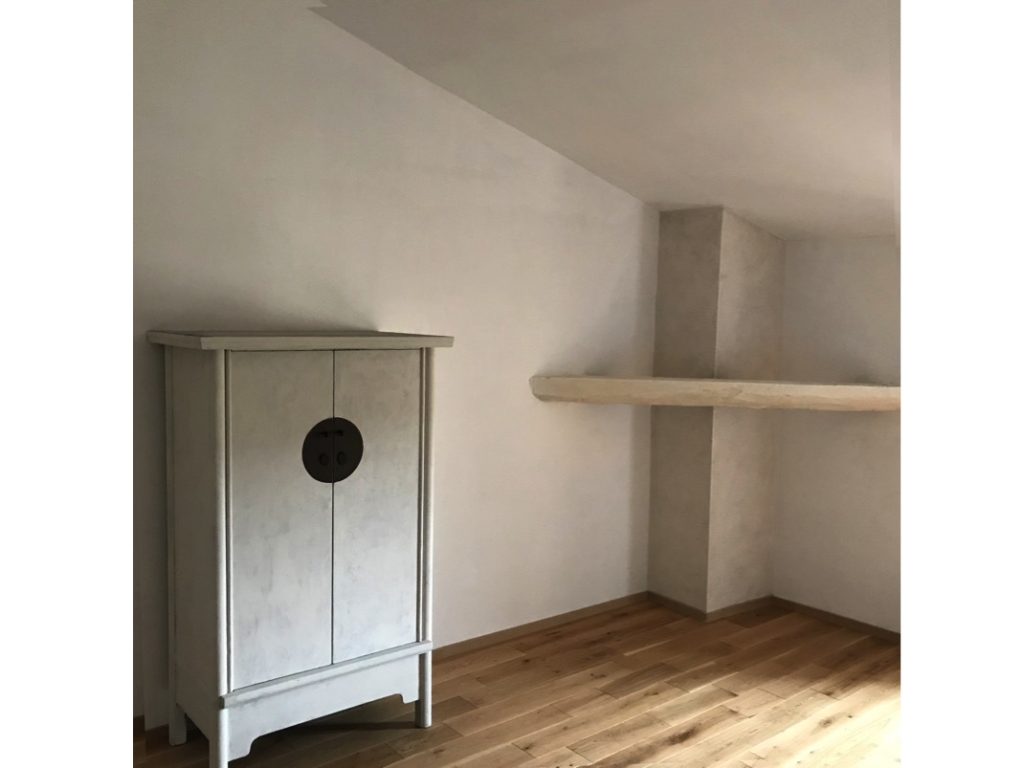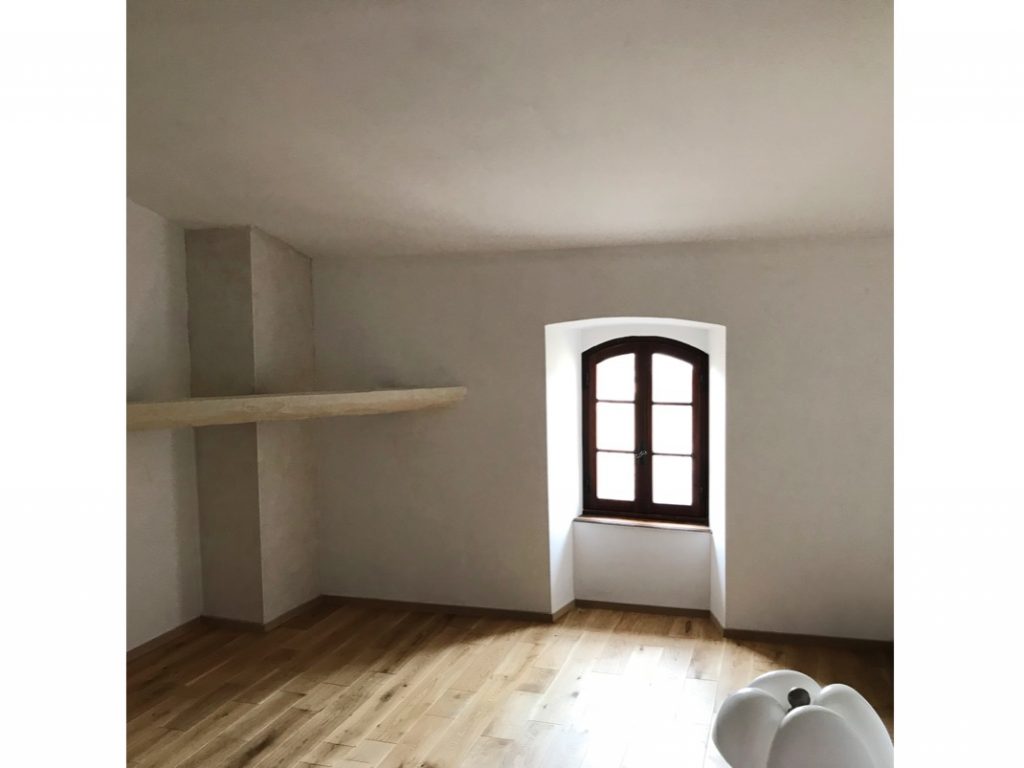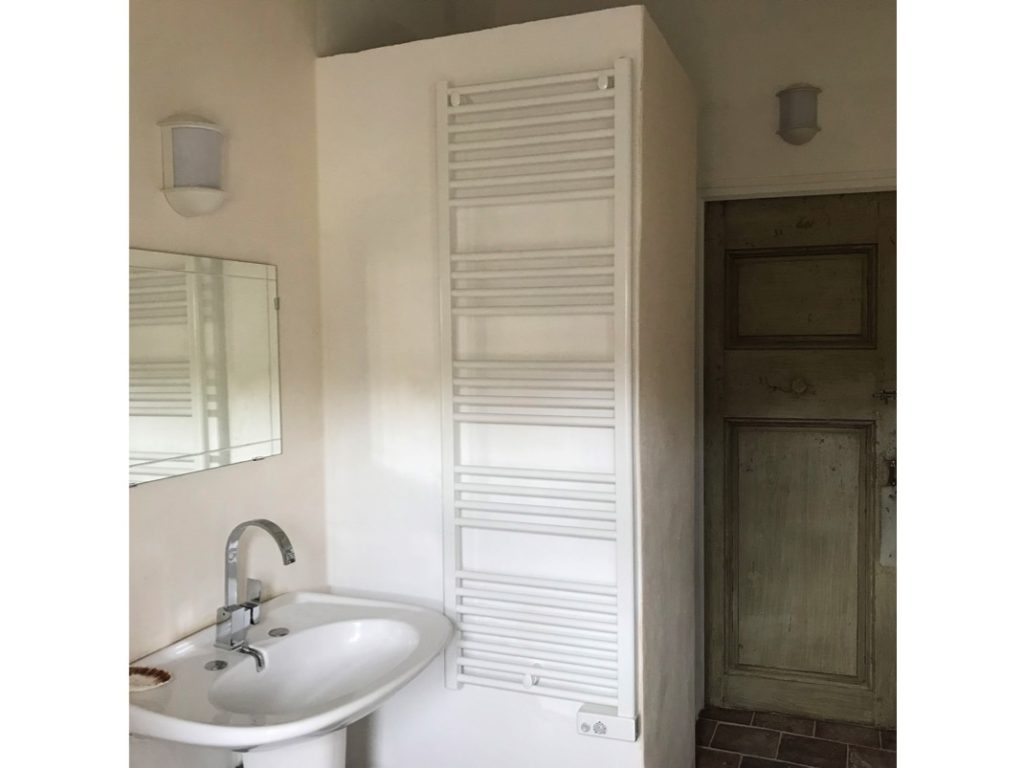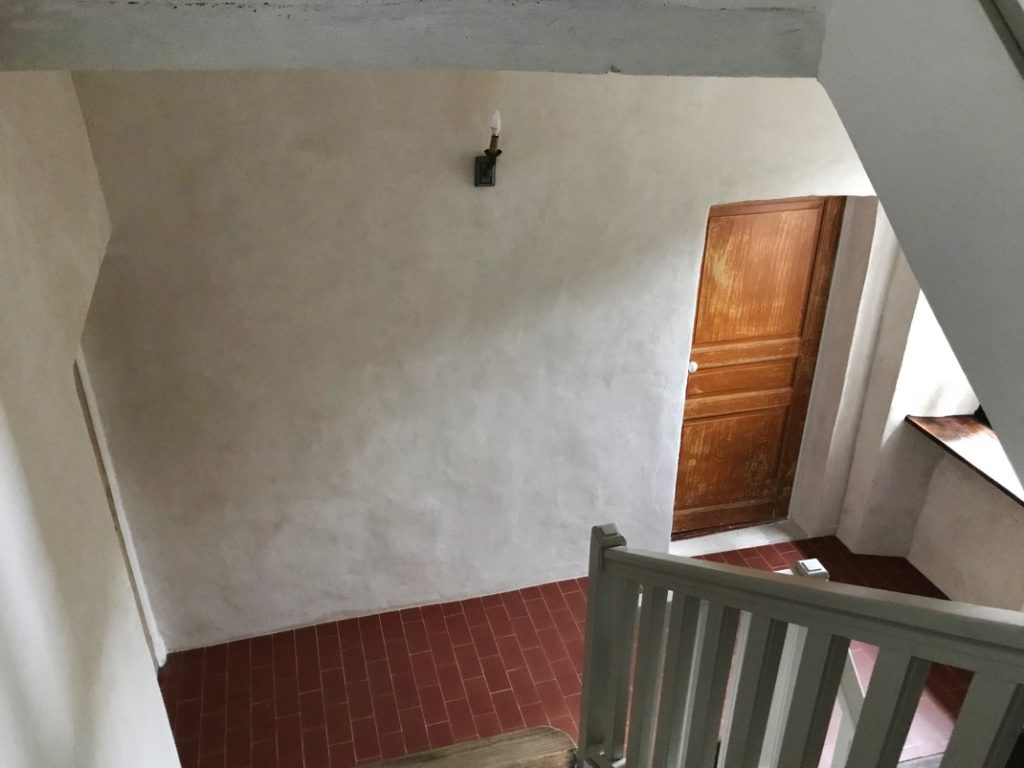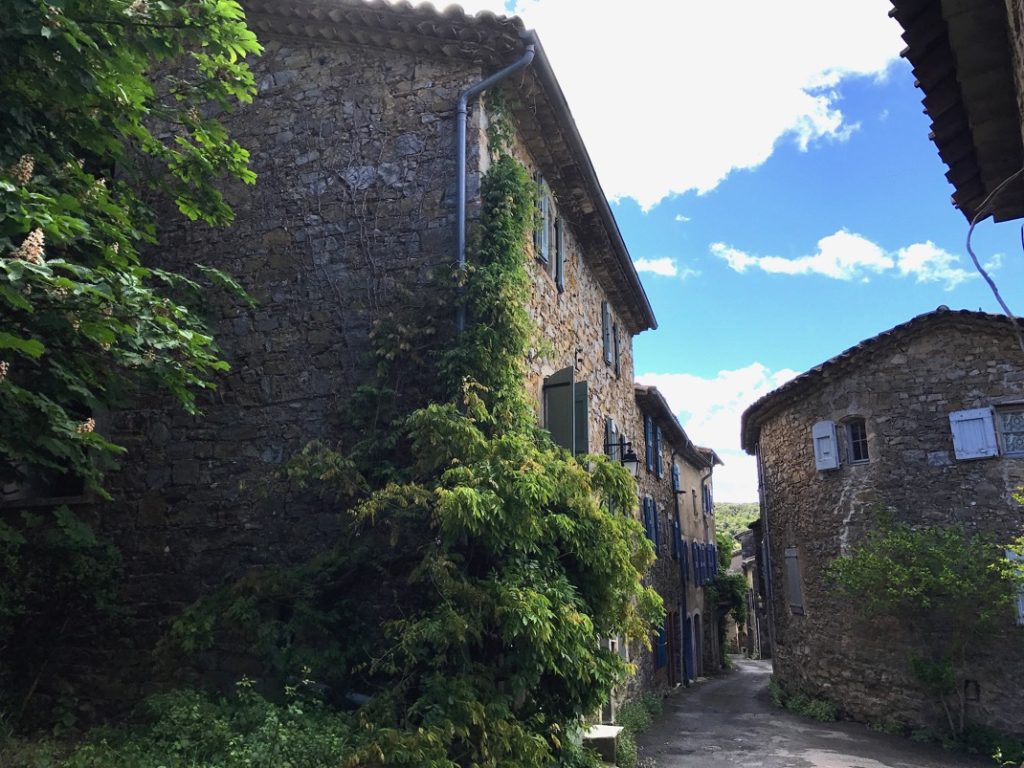In a preserved hamlet of Cévennes’ Piedmont overlooked by a castle dating from the twelfth century
The farmhouse
Ideally located in a jewel of olive trees and garrigue, this farmhouse entirely rehabilitated in a pure respect of the materials and the Cévennes’ style offers the charm of old stones combined with modern comfort.
A haven of peace with spacious rooms surrounded by nearly 3 hectares of olive trees.
On the ground floor, a living room and a large vaulted stone kitchen.
Spread over two floors, the five bedrooms have a each a private bathroom with toilets, one with bathtub.
The wifi is available in every room.
The farmhouse can accommodate 10 to 14 people.
Minimum stay of 3 nights.
The hamlet is a few kilometers from local shops, supermarkets and surrounded by vineyards and wineries where to taste wines of the country.
Between earth and sea
For nature lovers, at the bottom of the hamlet, a river and its wide flagstones is the place dreamed for bucolic recreations.
All around, walks in the guarrigue and foothills of the Cévennes, a Unesco world heritage site, but also canoying, horse riding, tree climbing, golf.
Nearby, Mount Aigoual, Causses, Aubrac, but also the Mediterranean beaches, the Camargue, Les Saintes Maries de la Mer.
At the heart of cultural programming
For culture lovers, the arenas of Nîmes or Arles and its Rencontres de la Photographie, the medieval cities of Uzès, Aigue-Mortes or Grau du Roi, and Montpellier, or Avignon and its Theater Festival. Closer to it, the bamboo grove of Anduzes and its little train of the Cévennes, the picturesque village of Sauve and its Sea of Rock.
For calm, untouched nature and culture lovers.
The place and its history
The Castle of Fressac
As early as the 8th century, a Frank lord would have built a castle to participate in the protection of the country against the Saracens.
It is also said that Charlemagne would have stayed there, then, four centuries later, Blanche of Castile, mother of Saint Louis, in the company of Pierre-Bermond VII, satrap of Sauve and baron of Anduze.
The region was under the domination of the lords of Sauve, vassals of the Count of Toulouse, until the Albigensian Crusade, beginning of the thirteenth centurie, when it passed under the control of the Crown of France.
Thus, if one refers to its architecture, the current castle was built during the twelfth and early thirteenth centuries probably by the Bermond Anduze and Sauve, one of the most powerful families in the region at the time, married by marriage to Count of Toulouse.
Its estates extended in the plains of Piedmont (Sommières, Sauve, Anduze, Alès), the Cevennes (Barre, Meyrueis, Portes, Hierle, Florac, part of the French Valley) and the Vivarais.
Les Montèzes hamlet
After the revocation of the Edict of Nantes in 1685, prohibiting the practice of Protestantism, clandestine cults, or assemblies of the Desert, take place in many regions, especially southern, bringing together pastors and laity.
On August 24, 1715, a meeting of nine people (4 laymen and 5 preachers) was held at the hamlet of Montèzes (Gard). Later, the name of Les Montèzes synod was given to this meeting because it was decisive for the future of the Reformed Churches. A young preacher, Antoine Court, presides over it.
The most important measure is the restoration of the ancients according to the discipline of the Reformed Churches. These elders will have the responsibility to convene assemblies, using caution, to provide preachers safe retreats and guides to lead them and to collect for the poor.
After this meeting at Les Montèzes, several provincial synods In 1717, 1718, 1720 and 1721.
From 1726, so-called national synods only brought together the delegates of some provinces in order to restore the discipline of the Reformed Churches and put a stop to prophetism.




